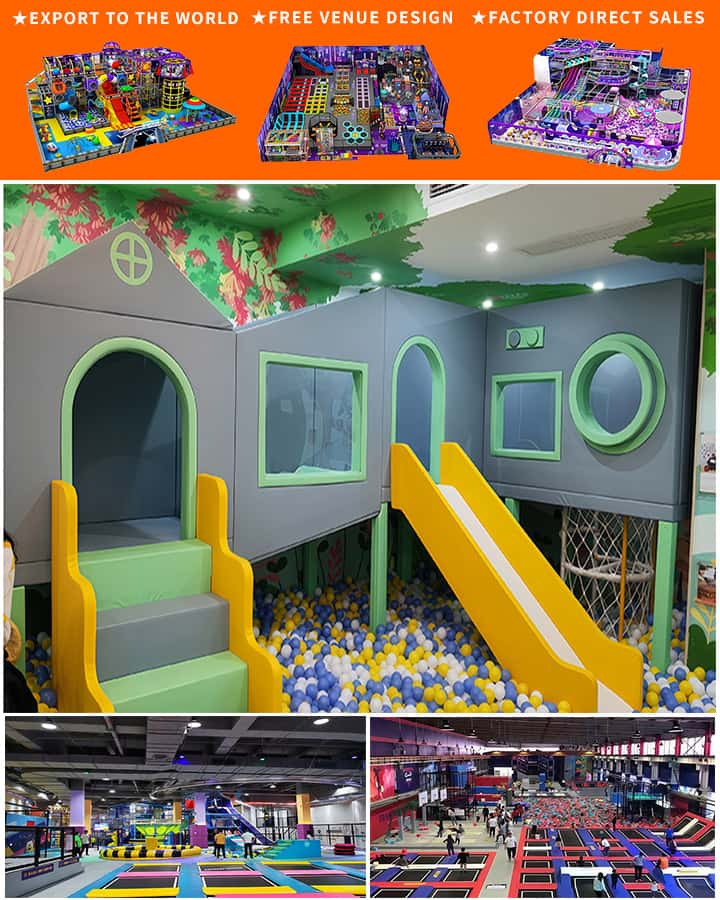Creating a playground for kids is a delightful and rewarding project that can provide endless hours of fun and foster physical development. Whether you’re setting up a backyard play area or planning a community playground, careful considerations in design, safety, and materials can help ensure your playground is both enjoyable and secure. Here’s a step-by-step guide on how to make a playground for kids.
1. Plan the Playground Layout
Assess the Space
Start by evaluating the available space for the playground. Consider the dimensions, shape, and any existing features like trees or slopes. Ideally, the space should be flat and free from obstacles.
Identify Age Groups
Different age groups have varying needs and safety requirements. Determine whether the playground will cater to toddlers, preschoolers, school-age children, or a mix of different age groups. This decision will influence the type of equipment and surfacing material you choose.
Design the Layout
Sketch out a rough design layout, including various sections such as swings, slides, climbing structures, sandbox areas, and open spaces for running around. Ensure pathways are wide enough for easy access and movement.
2. Choose Safe and Durable Equipment
Swings
- Traditional Swings: These include belt swings, which are safer than rope swings due to lower injury risk.
- Bucket Swings: Offer additional support and are suitable for younger children.
Slides
- Single Slides: Simple and classic, ideal for smaller spaces.

- Double or Triple Slides: Great for more complex setups allowing multiple children to use them simultaneously.
Climbing Structures
- Jungle Gyms: Provide various climbing challenges and promote motor skills.
- Playsets with Ladders and Ramps: Suitable for different skill levels and ages.
Other Features
- Merry-Go-Round: Adds an element of fun but requires supervision.
- Seesaws: Good for developing balance and coordination.
- Sandboxes: Encourage creativity and sensory play.
3. Safety First: Surfacing and Barriers
Surfacing Material
The surface under and around play equipment is crucial for preventing injuries from falls. Options include:
- Rubber Mulch: Soft and durable, excellent for shock absorption.
- Wood Chips: Natural and soft but need regular replenishment.
- Synthetic Turf: Low maintenance and provides good cushioning.
- Concrete with Rubber Mats: Durable and safe, often used in public parks.
Install Barriers and Borders
Enclose the playground with a fence or barrier made of durable materials like wood or metal to keep children within a safe area. The height of the fencing should match the age group using the playground.
4. Incorporate Educational Elements
Interactive Features
Consider adding elements that promote learning while playing:
- Chalkboards or Writing Surfaces: Encourage creativity and literacy.
- Musical Instruments: Integrate small drums, xylophones, or chimes.
- Nature Exploration Areas: Include plants, rocks, and water features for hands-on learning.
Signage and Rules
Post clear signs with rules and guidelines for safe play. Use colorful visuals and simple language to ensure even young children understand.
5. Installation and Maintenance
Professional Installation
While some DIY enthusiasts may install playground equipment themselves, professional installation ensures all components are correctly and safely set up. This is especially important for larger structures like climbing frames and swing sets.
Routine Maintenance
Regularly inspect all equipment for wear and tear. Check for loose parts, cracks, and sharp edges. Clean surfaces regularly to maintain hygiene. Replenish soft surfacing materials as needed.
Conclusion
Building a playground for kids involves thoughtful planning, selecting appropriate equipment, ensuring safety, and maintaining the area regularly. By following these steps, you can create a fun, engaging, and secure environment that encourages active play and supports children’s physical and cognitive development. Happy building!




